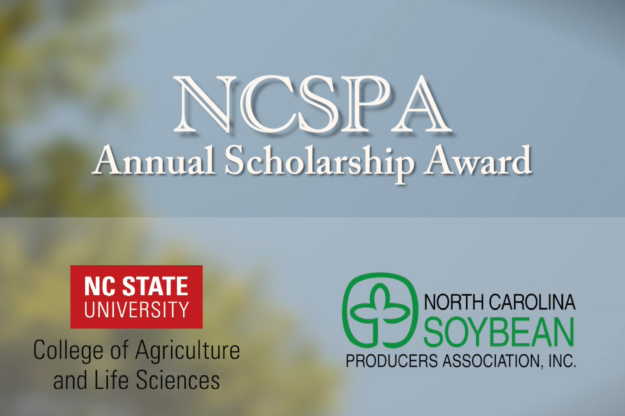Foliar Fertilizers: Are They a Sound Investment? – Part II
Last week we looked at the performance of a number of different foliar products tested in 2015. Click here if you missed Part I of this series. This week, in Part II of the series, we will be looking at the potential return on investment with these products. Although some products did give a yield…
Details







